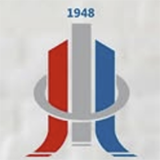Detailed introduction of the University of Petrosani:
Introduction and Overview
The University of Petrosani is located in Petrosani, Hunedoara County, Romania. It is a higher education institution with rich history and fine traditions. It provides multi-level education from undergraduate to postgraduate, covering professional courses in many fields.
History and Establishment
The university was established in 1948, and its history can be traced back to the Bucharest Mining School in 1864, also known as the Bridge Highway Mining and Construction School. In 1957, the school was renamed the University of Petrosani, in 1991 it became the Polytechnic University, and in 1995 it was changed back to the University of Petrosani.
School Strength
Faculty: It has a faculty of more than 200 people, including 19 scientists with high reputation at home and abroad, who can provide students with high-quality teaching and guidance.
Student size: There are currently about 4,500 students and postgraduates.
Teaching achievements: Since 1948, it has trained thousands of engineers, economists, sociologists, teachers and other professional talents, and its graduates can occupy important positions in related fields in their own country and Europe and the United States.
International certification: In 2009, the school obtained the "high trust" certification from the Romanian Higher Education Quality Assurance Agency.
Nature of the institution
Public university.
Educational philosophy
Based on a solid academic tradition and a reputation enjoyed at home and abroad, it focuses on cultivating students with high qualifications in multiple fields, emphasizing that students can quickly adapt to working conditions and methods in different countries, and actively promotes internationalization strategies to provide students with a broad international perspective and exchange opportunities.
Key laboratories and disciplines
Key disciplines: Mining engineering, mechanical and electronic engineering, natural sciences, etc. are the school's advantageous disciplines. The School of Mining has a profound historical accumulation and professional advantages in the field of mining engineering, and has trained a large number of professional talents in the mining field; the School of Mechanical and Electronic Engineering has strong teaching and scientific research strength in mechanical manufacturing, electrical engineering, etc.; the Academy of Sciences provides students with solid theoretical education and practical opportunities in basic disciplines such as mathematics, physics, and chemistry.
Key laboratories: No exact introduction to the school's key laboratories has been found, but it is mentioned that most professional courses include highly practical activities in modern laboratories, indicating that the school has various laboratories that can meet the needs of teaching and scientific research.
Faculty
There are three colleges, namely the School of Mining, the School of Mechanical and Electronic Engineering, and the School of Science.
Ranking
In the ranking of 4icu, Romania is not ranked at the top, and the world ranking is relatively low, but the school has a certain influence in Romania in the field of mining and related engineering.
Cost
Tuition fees at public universities in Romania are relatively low. Undergraduate tuition fees are roughly around 2,000-3,000 euros per year, and master's and doctoral tuition fees may be slightly higher. The specific tuition standards may vary depending on the major and grade. At the school, the price of student dormitories is about 75-100 euros per month, and the cost of each meal in the school cafeteria is about 4 euros.
Campus environment
Campus facilities: It has a completely independent and constantly improving infrastructure, including educational facilities such as teaching buildings, laboratories, libraries, and high-standard accommodation, leisure, cultural and sports facilities for students. The campus can also achieve permanent Internet connection.
Surrounding environment: Petroșani is a city with a certain historical and cultural heritage, which provides students with a relatively quiet learning and living environment, while also allowing students to experience the local cultural characteristics of Romania. In addition, the city's industrial base also provides students with certain internship and employment opportunities.
-

Grigore T. Popa University of Medicine and Pharmacy
-
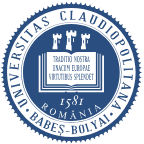
Babes-Bolyai University
-
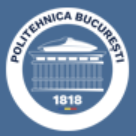
Politehnica University of Bucharest
-
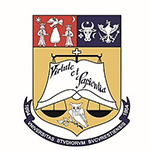
University of Bucharest
-
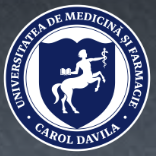
Carol Davila University of Medicine and Pharmacy
-
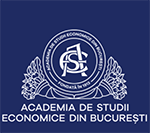
Bucharest Academy of Economic Studies
-

Technical University of Cluj-Napoca
-

1st December 1918 University of Alba Iulia
-

West University of Timisoara
-
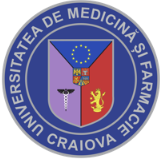
University of Medicine and Pharmacy of Craiova
-

Mesoamerican University
-

Istmo University
-

Mariano Galvez University of Guatemala
-

Regional University of Guatemala
-

Galileo University
-

Francisco Marroquín University
-

Rafael Landívar University
-

University of the Valley of Guatemala
-

University of San Carlos of Guatemala
-

Technological Institute of Tlaxcala Plateau
-

Golfo University
-

Technological University of South Sonora
-

Technological University of Huejotzingo
-

Tizimín Institute of Technology
-

Chilpancingo Institute of Technology

